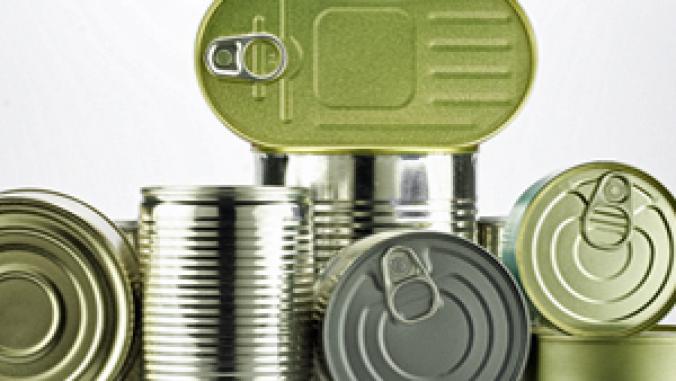More Americans Aware of Traditional Light Bulb Phaseout
<p>More Americans say they are aware of the impending federal requirement for energy efficient lighting, but they continue to be hazy on details about the phaseout of traditional light bulbs and some express worry about the transition, according to new research.</p>

More Americans say they are aware of the impending federal requirement for energy efficient lighting, but they continue to be hazy on details about the phaseout of traditional light bulbs and some express worry about the transition, according to Osram Sylvania's latest Socket Survey.
The company released findings yesterday of its third annual survey on consumer attitudes and action regarding lighting. The results showed that 36 percent of those surveyed said they were aware that Congress passed legislation in 2007 that will phase out most traditional bulbs by 2014. That's an increase from 26 percent in 2009 and 21 percent in 2008.
However, just 19 percent said they know that traditional 100-watt bulbs will no longer be sold in the U.S after January 1, 2012 -- the figure was barely an improvement over the 18 percent who said the same in 2009.
Nevertheless, the increase in general awareness is a good sign, considering earlier studies by Osram Sylvania and GE showed that Americans were largely clueless about the phaseout.
Despite their sketchy knowledge of lighting policy, a majority of Socket Survey respondents have said each year that they use CFLs. The figure is 72 percent this year, edging up from 71 percent in 2009 and 68 percent in 2008. It must be noted, however, that respondents indicated they use a variety of light bulbs in their home and that use of incandescent bulbs has increased since 2008 after dipping in 2009. This year 82 percent said they use traditional bulbs, compared to 78 percent in 2009 and 81 percent in 2008.
Reported use of LEDs decreased in the past year, although the percentage remains greater than the 2008 figure. This year 27 percent said they use LEDs, compared to 29 percent in 2009 and 21 percent in 2008. Use of halogens has dropped steadily since the study began. This year 39 percent said they use halogens; it was 40 percent in 2009 and 42 percent in 2008.
Twenty-eight percent of respondents said they are worried about the phaseout because they prefer traditional light bulbs -- a sentiment that may be reflected in what survey participants said they plan to do when traditional 100-watt bulbs are no longer available:
- 60 percent said they would "switch to a new technology light bulbs, such as CFLs, LEDs or halogen light bulbs," compared to 66 percent last year.
- 23 percent said they would "keep using traditional light bulbs but switch to lower wattage bulbs, like 75-watt," compared to 16 percent last year.
- 13 percent, the same percentages as in 2009, said they would "buy a lot of 100-watt light bulbs while they are still produced and continue using them."
- 4 percent said they weren't sure what they would do; 6 percent said the same in 2009.
Consumers consistently rate brightness as being more important than price when choosing bulbs.
Brightness has topped the list for the past three years, with price coming in as the third or fourth consideration.
Here's the list of consumers' priorities this year in descending order of importance:
- Brightness, 91 percent.
- Longevity, 88 percent.
- Price, 87 percent.
- Energy use, 85 percent.
- Color quality of light produced from the bulb, 75 percent.
- Whether the bulb is dimmable, 53 percent.
The survey commissioned by Osram Sylvania, a Siemens company, was conducted by telephone November 21 through December 1 and involved 309 adults. Full results are available at www.sylvania.com/Energy/SocketSurvey.
Image CC licensed by Flickr user playhockeyeh.





